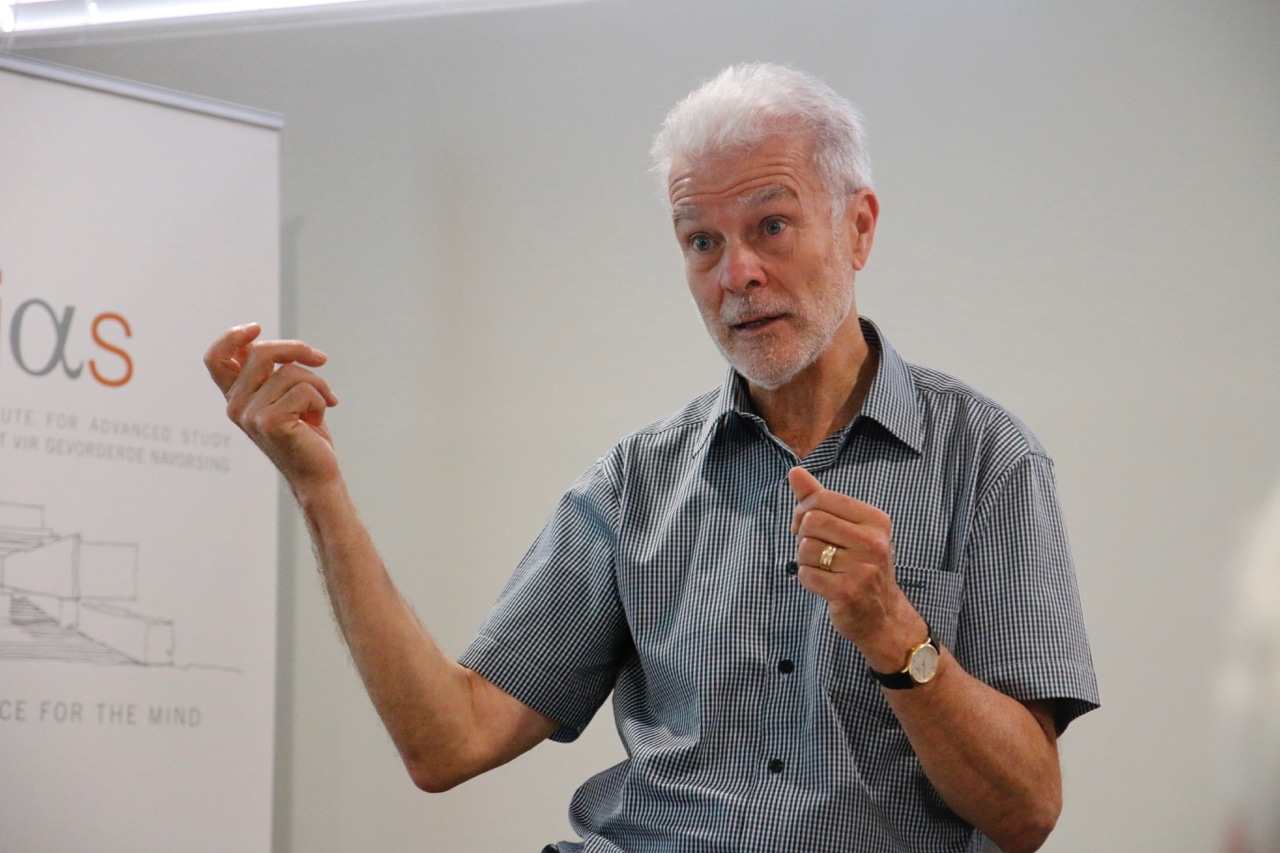“The breakthrough of light-emitting diodes (LEDs) with their advantages of high energy efficiency and long lifetimes has contributed to more resource-efficient and environmentally friendly use of light sources. However, current LEDs still suffer from shortcomings such as limited efficiency of light generated at longer wavelengths within the visible range. Accordingly, efficient white-light sources, which are a mixture of the complementary colours, are still to be demonstrated. White LEDs available today are based on a blue LED combined with a phosphor, exhibiting an energy efficiency of about 30 to 40%. Even if this efficiency is more than five times better than traditional light bulbs, they are still a long way from optimum,” said Per Olof Holtz of the Department of Physics, Chemistry and Biology at Linköping University, Sweden.

Holtz pointed out that about 20% of global energy consumption is used for light generation. This is due to our growing population as well as our altered living conditions and increasing reliance on digital devices that require such light sources.
LEDs are pervasive today but most of us have no idea of the challenges their development represented. Like most of science it was a slow, incremental process with breakthroughs and setbacks.
Holtz explained that LEDs are a semi-conductor light source that emits light when current flows through it. Electrons in the semi-conductor release energy in the form of photons. The colour of the light is determined by the energy required for the electrons to cross the band gap of the semi-conductor. The first visible LEDs, commercially available in 1962, emitted in red-green. But it was realised early that another material system was required in order to demonstrate LEDs in the entire visible range: The nitride-based semi-conductor system had the potential for a broad spectral range – all the way from ultraviolet to infrared. However, the nitrides had a very high defect density resulting in a non-perfect crystal structure.
“There was slow progress on nitride-based semi-conductor over the next 30 years,” he said.
Holtz traced some of the developments including the epitaxy technique which offered more advanced fabrication methods; the introduction of the use of magnesium which helped to solve some of the problems of the doping of semi-conductors; and, the use of quantum structures.
“Quantum structures based on III-nitride semi-conductors were shown to be the best light emitters in the blue and UV spectral range,” he said. “This led to the first prototype blue LED in 1993 and blue laser two years after. The results achieved for blue/UV light emitters led to the awarding of the Nobel Prize in 2014 to Japanese electronics engineer Shuji Nakamura who developed a thermal annealing method along with Isamu Akasaki and Hiroshi Amano.” The commercialisation of blue lasers, used in, e.g. DVD players, made them very profitable and Nakamura later sued the Nichia Corporation over the patent rights resulting in a settlement of $8.1 million.
Need for more efficient white light
But the challenge still remains to develop higher-efficiency white LEDs. “Although readily available in any supermarket today, and safer, longer lasting and much more energy and money saving than the traditional light bulb – their efficiency remains low,” continued Holtz.
“White is a combination of blue, red and green,” he explained. “Blue has a high efficiency – up to 90%, but the efficiency for the green or red LEDs is considerably lower. For white-light efficiency we need to increase the efficiency of the green, in particular, to achieve a more monolithic effect.”
“The dream would be the direct generation of red, green and blue resulting in better energy and efficiency,” he added.
Holtz and his colleagues are working on developing a nitride-based pyramidal quantum structure. The pyramid shape is one approach which may allow for more control of the dimensions of the quantum dot.
“By employment of the InGaN/GaN material system to fabricate quantum dots, located on top of mm-sized GaN pyramids, photons can be generated from the dots. By an elongated pyramidal concept, the emission of linearly polarised light has been demonstrated, including at the level of single photons.”
In addition to their obvious lighting uses, multi-colour LEDs are used for mobile screens, UV-LEDs for water purification, backlighting for liquid crystal display (LCD) screens, for optical connectivity (replacing metal wires), identification on ATMs as well as for quantum information processing and quantum cryptography. Such secure communication applications are a particular area of interest for Holtz’s group.
“Based on global needs, there have been significant efforts over the last decades to realise quantum cryptography schemes experimentally,’ he said. “For this purpose, a flow of generated single photons is required to forward the information, where the message by each photon in terms of wavelength and polarisation coding, has to be well controlled.” This is an area he will continue work on during his stay at STIAS.
“The development of Circadian lighting, which mimics the sun’s rhythm and has particular application in the classroom setting, is another interesting area of application with obvious educational and environmental advantages,” he said.
In discussion, Holtz touched on the difficult subject of the unintended consequences of technological innovation including the health effects of different lighting sources; the challenges of recruiting students and teaching staff in this area of research (“Most of our PhDs are from Asia where the manufacturing is done,” he said.); as well as the challenges in accessing the ‘rare earth’ elements needed in this work. He acknowledged the need for greater interdisciplinary collaboration between the natural and social sciences to tackle these global issues.
Michelle Galloway: Part-time media officer at STIAS
Photograph: Christoff Pauw
